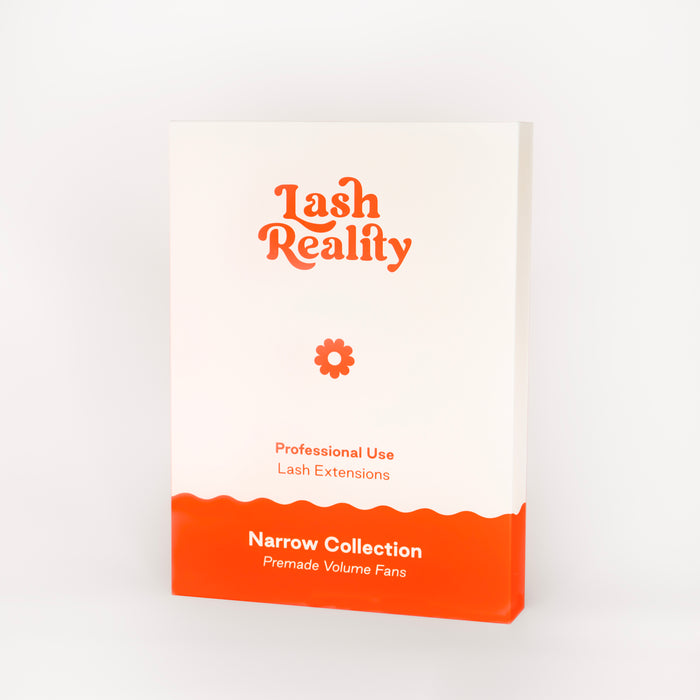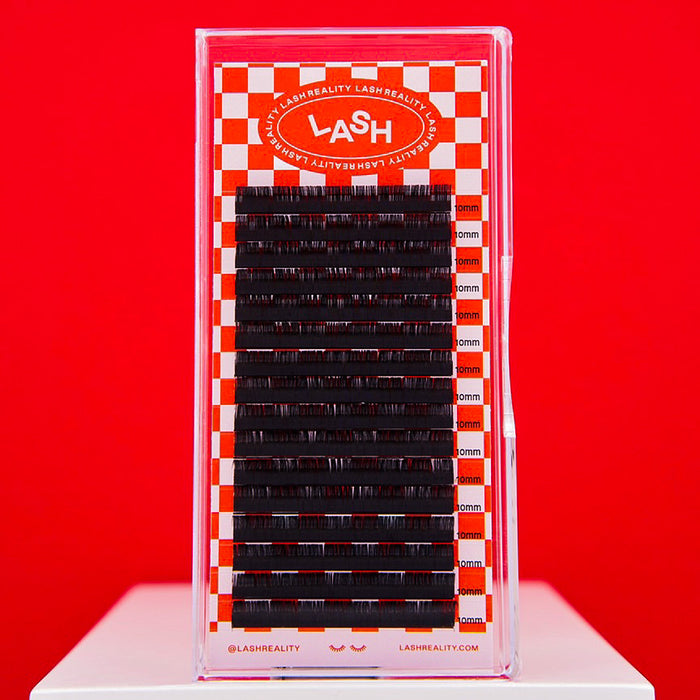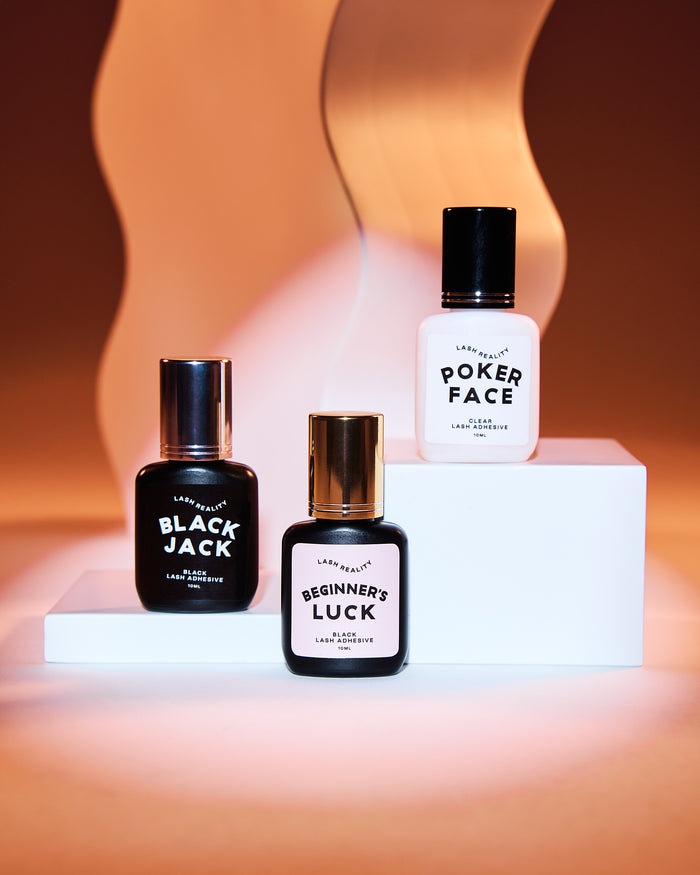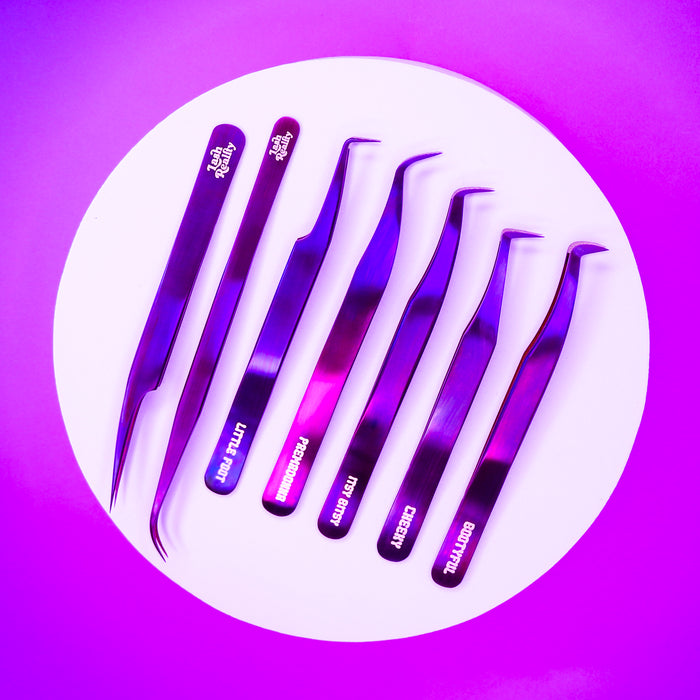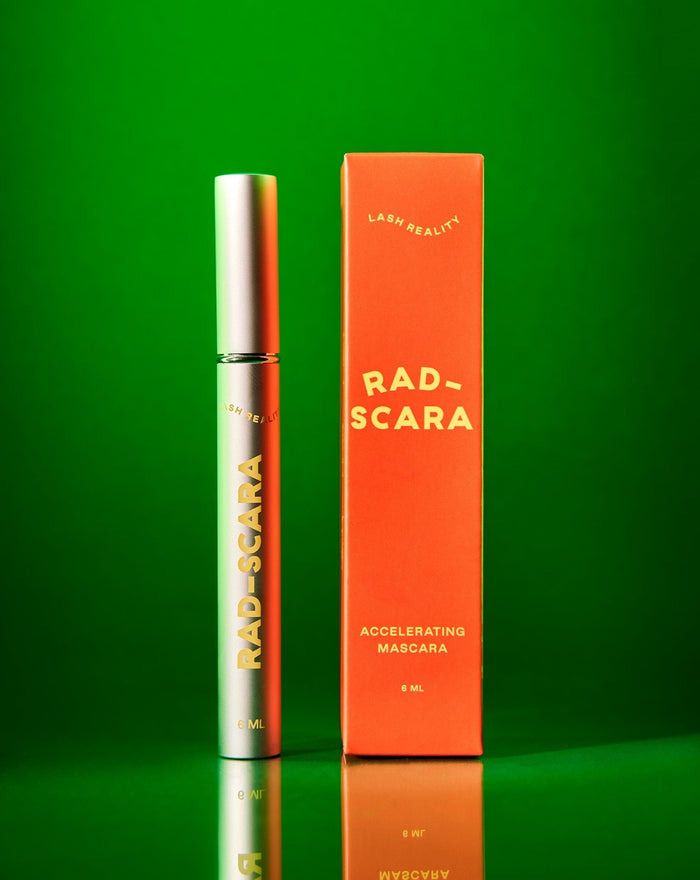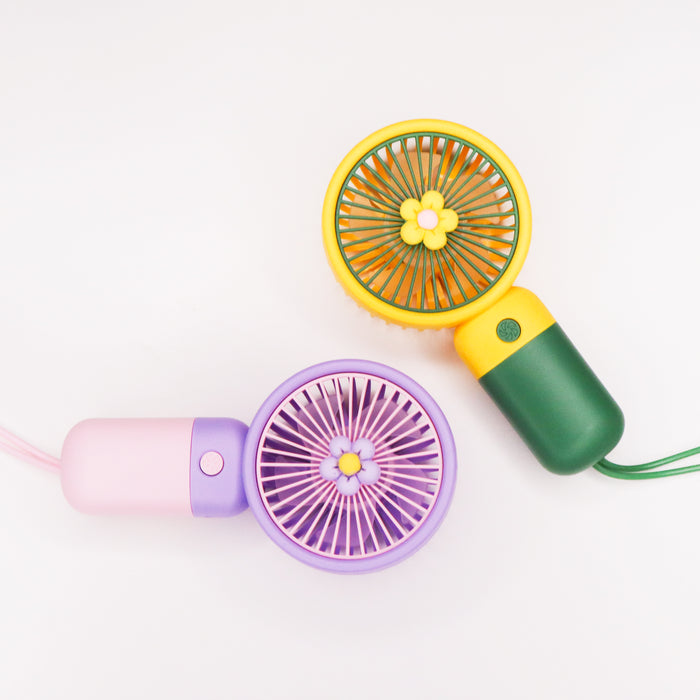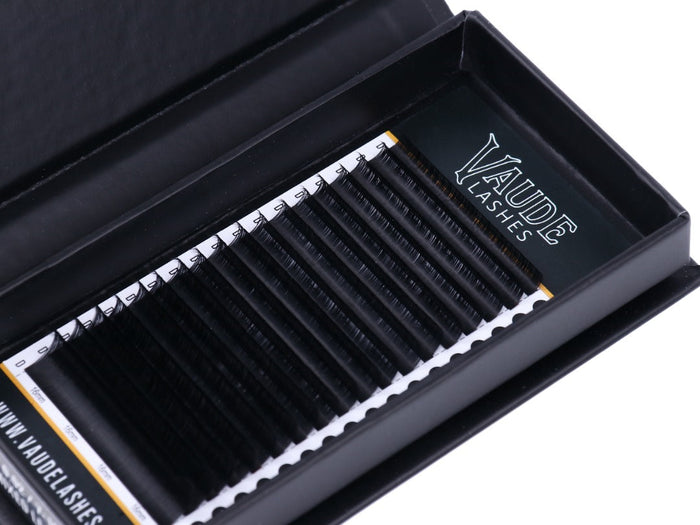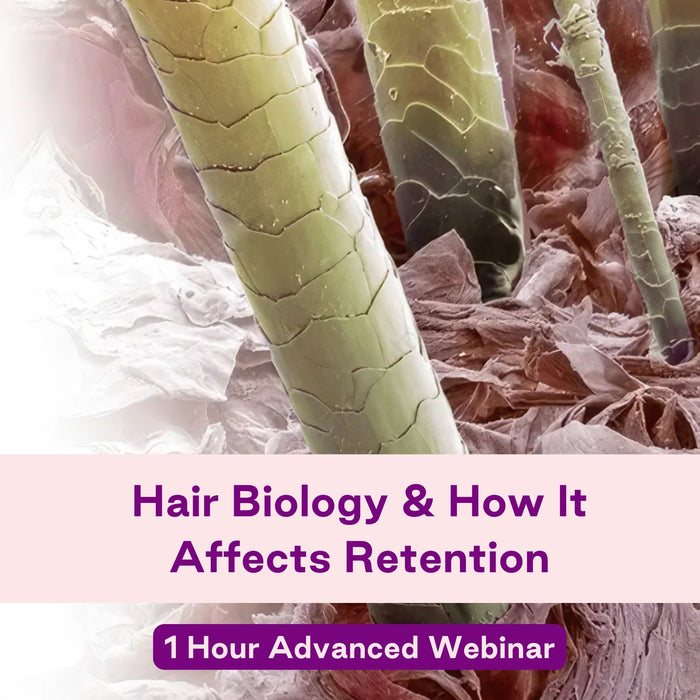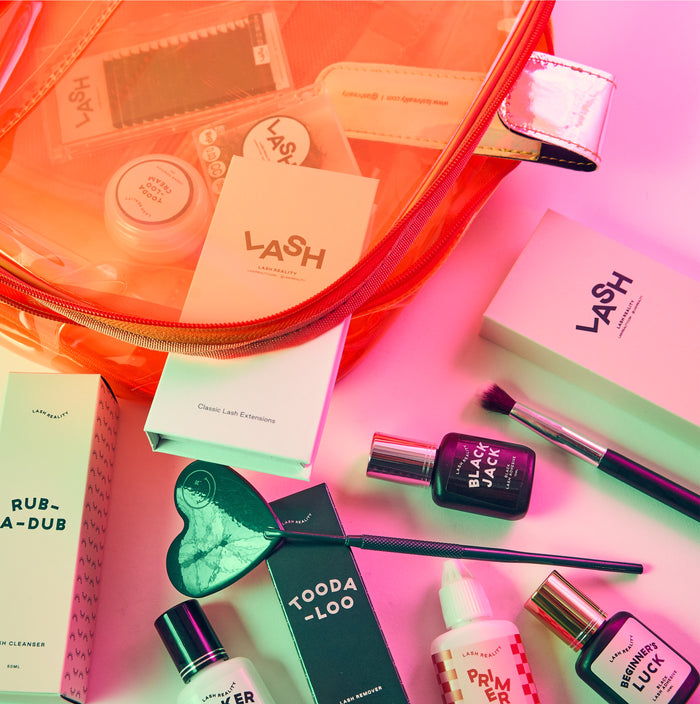
· By Carlee Workman
How to Handle an Allergic Reaction
Disclaimer: The following article is intended to educate, not diagnose or give medical advice. Please consult with your physician if you are experiencing a medical problem.
Lash extension allergies – it’s unfortunate, but it happens. It can even happen to clients you’ve been applying lashes on for years.
While rare, some clients have (or develop) an allergy to the lash glue. So rather than feeling beautiful and glamorous after their set, they wake up with red, itchy, and swollen eyelids. ☹
This part of the job is no fun, but it’s a necessity to have in your toolbox. As a lash artist, you should know what causes lash extension allergies, how to identify them, and what you can do for your client in the event it happens to them.
What triggers a lash extension allergy?
In most cases, the lash adhesive is the culprit. Cyanoacrylates, the main ingredients used in the lash glue, are a group of fast-drying chemicals responsible for making lash adhesive long-lasting. Because of this, it cannot be taken out of the adhesive without severely impacting the retention.
As with any chemical or substance, a client can develop an allergic reaction to lash extensions at any point in time. Even if they have been exposed to it before and had no prior reaction, symptoms can appear and grow over time.
Lash extension allergy vs. sensitivity
It’s important to note the difference between an allergy and a sensitivity. The main difference between the two is the body’s response. With an allergy, the body’s immune system is reacting. On the other hand, sensitivity involves no immune response.
For instance, say a client accidentally opens their eyes during application. If the adhesive fumes enter the eye, they can irritate them and cause them to burn or water. This client would be experiencing sensitivity to the fumes, but not an allergic reaction.
Lash extension allergies are caused by direct contact with the skin, similar to other contact allergies, also known as contact dermatitis.
Symptoms of an eyelash extension allergy:
Allergic reactions will typically develop within 24 to 72 hours after application. It can occur in one eye or both and vary in severity. Here are some symptoms to look out for:
- Swollen eyelids
- Itchy lash line
- Redness
Other possible causes of symptoms:
Though a majority of lash extension allergies are caused by cyanoacrylates, you can’t immediately rule out other possible causes. For instance, your client could be allergic to an ingredient in your prep products like your lash cleanser, primer, etc. If you are using real mink lashes instead of silk or PBT fibers, that is also a common allergen.
What can I do to prevent or avoid an allergic reaction?
While you can’t avoid an allergy after it’s been developed, there are some precautions you can take to help sensitive clients from irritating their eyes:
- Tell them to keep their eyes closed: Pesky fumes can enter the eyes if left open. Over time, this can burn or irritate the eyes, so be sure to remind your client to always have their eyes closed.
- Use sensitive-friendly tape & eye pads: Some prep products contain ingredients that can be irritating. Use caution and precision when applying and stick to sensitive-friendly items.
- Leave 1mm space between the extension and the eyelid: Keep a buffer between the adhesive and the skin to prevent irritation, as well as keep the lashes healthy.
- Use a nebulizer: Nebulizers or nano misters instantly cure the glue, making an end to adhesive fumes which could irritate the eyes further.
How do you treat an allergic reaction to eyelash extensions?
While it’s natural to want to help your client and relieve their symptoms, avoid giving medical advice to them. The best (and only) thing you should do is ask them to come in for a removal service and tell them to contact their doctor afterward.
The last thing you want is to misdiagnose or give ill advice that could accidentally worsen their condition, and in worst-case scenarios, give you legal repercussions for doing so. If your client is experiencing pain, itchiness, or swelling, remove the lashes immediately.
Will allergic reaction to eyelash extensions go away?
Typically once an allergy is developed, it is unlikely to go away. If you are currently experiencing what you believe to be a lash extension allergy, please contact your lash artist to remove them and consult with your doctor on treatment.
Alternatives to lash extensions
On the bright side, there are tons of options for those who still want thick, long lashes but have a lash extension allergy.
To start, they can try strip lashes. False lashes, unlike professional lash extensions, use a latex-based glue. So while an individual might have a reaction to cyanoacrylate, that doesn’t mean they’ll be allergic to latex necessarily. Even if they are (remember, always try a patch test first!), there are tons of latex-free lash glue options available.
Tired of glue altogether? Go the natural route and grow the long lashes of your dreams with a lengthening lash serum. Rad Lash is our plant-based lash serum that uses amino acids to lengthen and strengthen! Cruelty-free, vegan, and eyelash extension safe (who says you can’t have both?).
Have any more questions on lash extension allergies? We’re happy to help! You can contact us here, or reach out on Facebook and Instagram! We also recommend checking out our blog where we cover all things lash extension-related.

